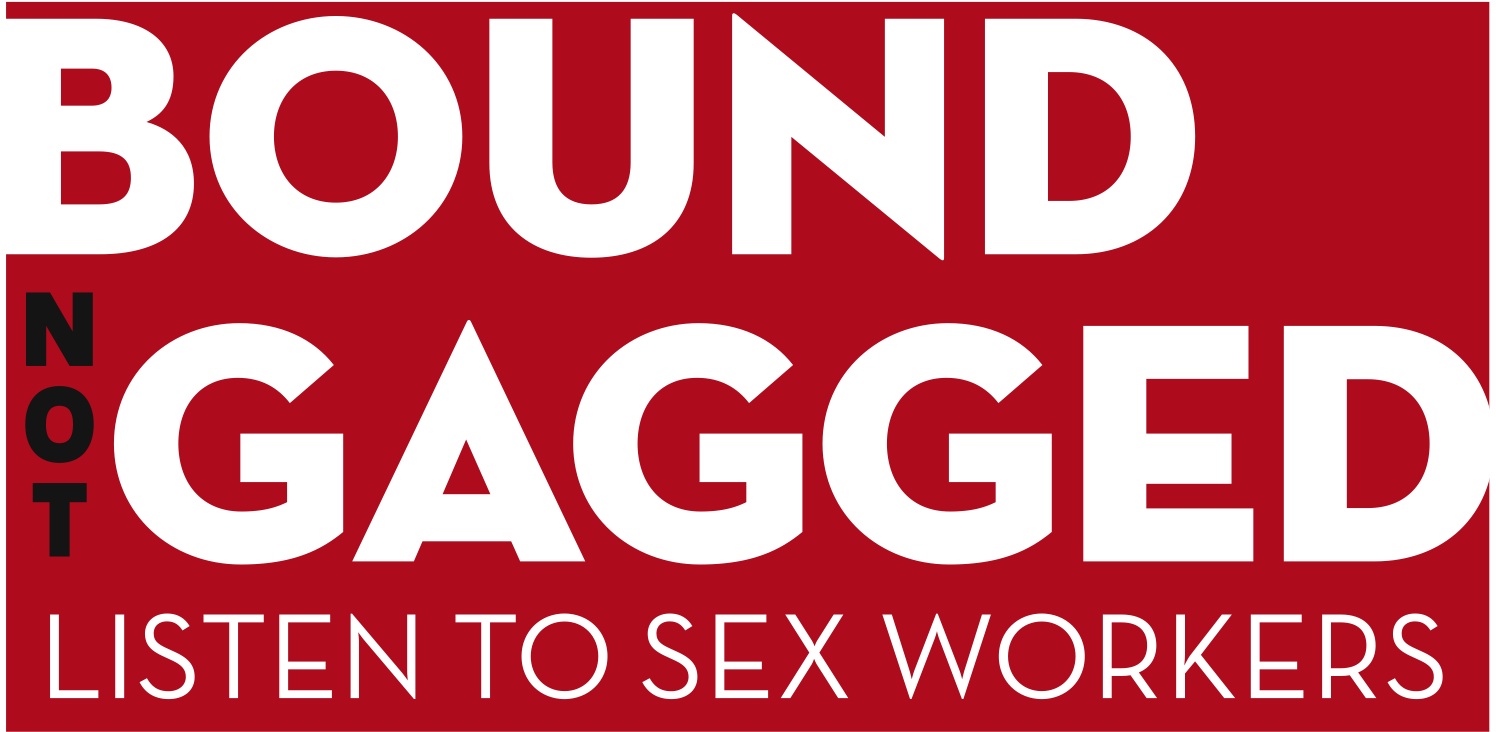A good decision is based on knowledge and not on numbers. – Plato
The Western mind adores numbers; it finds them impressive and magical, and the less an individual understands about math the more numbers impress him (especially if they’re large numbers). The quickest way to win the typical modern dullard’s respect is to throw some very large figure at him; in most cases he’ll simply accept it without even thinking about what it really means in terms of human experience. On my own blog yesterday I mentioned that the trafficking fetishists call their propaganda of “100,000 trafficked girls” in the United States (or “100,000 trafficked children” depending on the writer) a conservative estimate, and claim that 300,000 is closer to the mark. These numbers are repeated endlessly (including in CNN’s “special report” Selling the Girl Next Door which aired last night) despite the fact that they have no basis in fact whatsoever, and nobody ever bothers to think about what 300,000 girls really means.
The only places in which any hard facts about prostitution can be uncovered are those in which our profession is entirely decriminalized, and there aren’t many of those; luckily, New Zealand took the trouble to study prostitution in depth in order to answer fanatics who predicted disaster when decriminalization was implemented there in 2003. In a survey done in 2005, researchers found that there were a total of 5932 prostitutes of all levels in New Zealand, of which 210 were underage. Furthermore, 75% of underage girls were working only on the street, which leaves only about 53 wh0 could be advertising on the internet (but also may not). In other words, 5722 of New Zealand’s prostitutes – 96.46% – are legal adults. And given that this is the ONLY methodologically sound study available for any portion of the English-speaking world, it’s the best estimate we have for the United States or ever will have until and unless prostitution is fully decriminalized here and whores can therefore feel safe in answering such surveys.
According to the 2006 census the population of New Zealand was 4,143,279, of whom approximately 2,082,049 were female; active, declared prostitutes (excluding part-timers, party girls, strippers, gold-diggers etc) were 5932 of those women or 0.285%. Since this jibes very closely with the standard 1% estimate of all women who prostitute themselves to one degree or another it seems very reasonable and we can therefore apply it to the American population as the best estimate we’re likely to get in the lifetime of anyone reading this. According to the most recent estimates (2009) there are about 155,600,000 women in the United States, which after applying the New Zealand estimate gives us a figure of 443,323 active, declared prostitutes in this country – of which trafficking fetishists wish us to believe about two-thirds are involuntary, “trafficked” underage girls. In truth, the number (again, by application of the New Zealand estimate) is 15,694, of which 75% (11,770) are only working on the street. That gives us a rough estimate of 3924 who might be advertised on the internet…a far cry from the “Wal-Mart of sex trafficking” declared by CNN. Furthermore, not all of these girls are involuntarily involved, which makes the number of “internet sex-slave children” still lower even if we allow the equation of “legal minor” with “child” and “pimped hooker” with “slave”.
I’m sure anyone with half a brain can look at these figures and recognize them as far more realistic than the “300,000” figure touted by the fetishists. The reason their wild exaggerations aren’t discarded out of hand is that, as I said in the first paragraph, most Americans are unable to comprehend the sheer magnitude of the claims. Of the 155,600,000 American women I mentioned earlier, 17.4% are older than 4 but younger than 18; that’s a total of roughly 27,074,400 school-age girls in the US, of which the media wants you to believe 300,000 – in other words, 1.11% – are held in sexual bondage. According to trafficking fanatics, the percentage of underage girls in “sex slavery” is almost FOUR TIMES the best estimate we have for the total percentage of women of ALL ages involved in any kind of formal prostitution. And if we only consider the ages most trafficking “authorities” claim as the majority of underage prostitutes (namely 13-17) it’s more like ten times the percentage.
Nobody in his right mind could believe these figures, yet the mainstream media irresponsibly parrots them without question. I wrote this article, research and all, in about ninety minutes; any reporter could have found the same figures I did from the same online sources, but they don’t bother because inflammatory lies are more interesting to the lowest common denominator than mundane truth. Ignorance is one thing and willful misrepresentation another; since Amber Lyon of CNN and her cronies on other networks could find the same information I did, I can only conclude they don’t want to find it. And that places their actions beyond the bounds of mere ratings-seeking hype and into the realm of pure criminal negligence.
Filed under: Activism, Assholes, Craigslist, Media, New Zealand, Research | Tagged: Activism, decriminalization, human trafficking, prostitution, sex industry, trafficking | Leave a comment »




